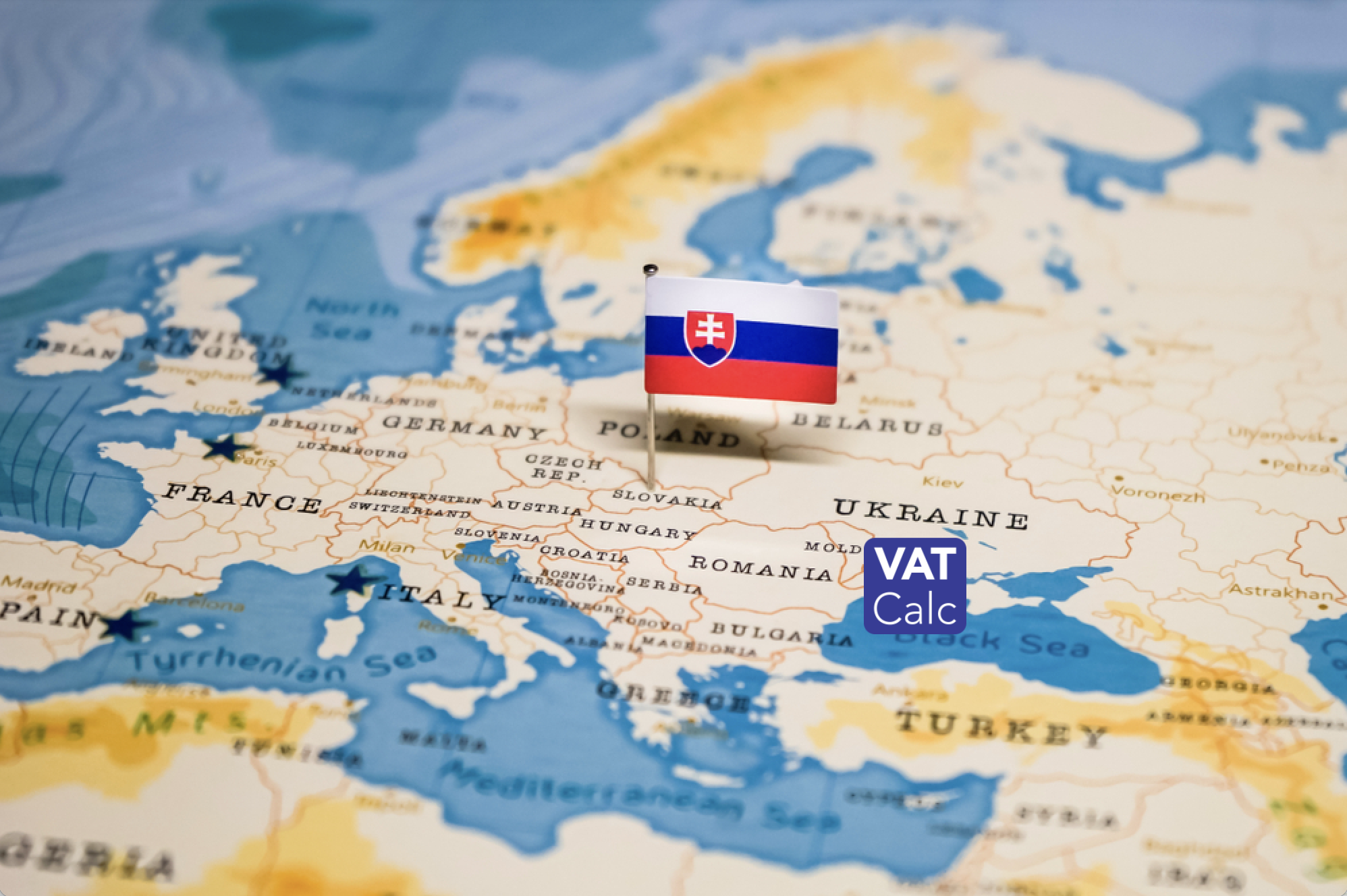Value Added Tax (VAT) can be a complex subject, especially for cross–border workers who frequently travel between countries for work. Understanding how to claim VAT refunds is crucial for these individuals, particularly those living in Slovakia, Slovenia, and Croatia. This article aims to provide a comprehensive guide on how to navigate the VAT refund process for cross-border workers in these countries, offering practical examples and scenarios to simplify the process.
Guide to VAT Refunds for Cross-Border Workers in Slovakia
For cross-border workers residing in Slovakia, the VAT refund process involves several key steps. First and foremost, it is essential to keep all receipts and invoices related to purchases made in other EU countries. These documents serve as proof of the VAT paid and are crucial when filing for a refund. Typically, VAT can be claimed for business-related expenses such as travel, accommodation, and professional services.
To initiate a VAT refund claim in Slovakia, workers must submit an application through the Slovak Tax Authority’s online portal. The application should include detailed information about the purchases, including the supplier’s VAT number, the amount of VAT paid, and the nature of the goods or services acquired. It is advisable to submit the application as soon as possible, as processing times can vary and delays may occur.
A practical example can illustrate this process: Imagine a Slovakian consultant who frequently travels to Austria for client meetings. The consultant purchases office supplies and books accommodation in Austria, paying VAT on these expenses. By keeping all receipts and using the Slovak Tax Authority’s portal, the consultant can file for a VAT refund, effectively reducing the overall cost of doing business abroad.
Navigating VAT Refunds for Workers in Slovenia and Croatia
Cross-border workers in Slovenia face a similar process when claiming VAT refunds. The Slovenian Financial Administration (FURS) is responsible for handling VAT refund applications. Workers must ensure that they collect all relevant invoices and receipts, just as in Slovakia. The refund claim must be submitted electronically through the eDavki portal, which is the official online platform for tax-related services in Slovenia.
In Croatia, the process is slightly different but follows the same general principles. The Croatian Tax Administration requires cross-border workers to submit their VAT refund claims through the ePorezna system. It is important to note that Croatia has specific guidelines regarding the types of expenses eligible for VAT refunds, so workers should familiarize themselves with these rules to maximize their refund potential. For instance, VAT refunds in Croatia may cover expenses such as fuel, tolls, and business-related meals.
Consider the case of a Slovenian IT specialist who travels to Italy for a conference. The specialist incurs expenses such as conference fees, hotel stays, and meals, all of which include VAT. By diligently saving all receipts and using the eDavki portal to submit a detailed refund claim, the specialist can recover a significant portion of the VAT paid, making international business trips more cost-effective.
Navigating the VAT refund process can be daunting for cross-border workers in Slovakia, Slovenia, and Croatia, but understanding the necessary steps and utilizing the appropriate online platforms can simplify the experience. By keeping meticulous records of all business-related expenses and submitting timely applications, cross-border workers can effectively manage their VAT refunds and reduce their overall costs. This guide provides a starting point for those looking to reclaim VAT, ensuring they can focus more on their professional endeavors and less on administrative hurdles.
